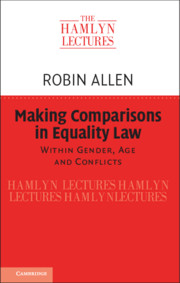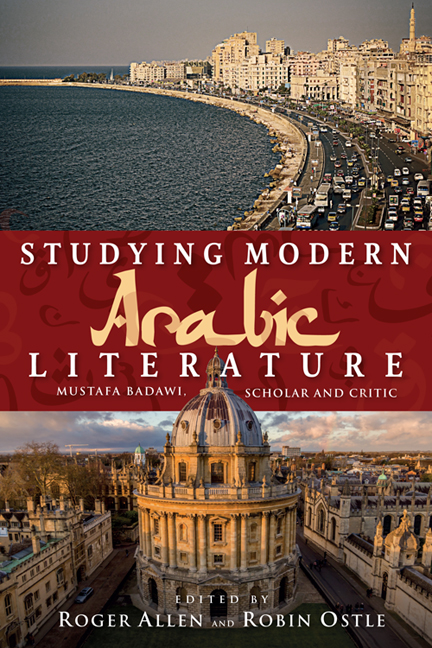49 results
A continuing clinical education course to maintain clinical competencies and foster new clinical knowledge during the graduate school years of MD-PhD training
-
- Journal:
- Journal of Clinical and Translational Science / Volume 7 / Issue 1 / 2023
- Published online by Cambridge University Press:
- 14 December 2023, e270
-
- Article
-
- You have access
- Open access
- HTML
- Export citation
Increased hippocampal blood flow in people at clinical high risk for psychosis and effects of cannabidiol
-
- Journal:
- Psychological Medicine / Volume 54 / Issue 5 / April 2024
- Published online by Cambridge University Press:
- 17 October 2023, pp. 993-1003
-
- Article
-
- You have access
- Open access
- HTML
- Export citation
Towards a global sustainable development agenda built on social–ecological resilience
-
- Journal:
- Global Sustainability / Volume 6 / 2023
- Published online by Cambridge University Press:
- 24 April 2023, e8
-
- Article
-
- You have access
- Open access
- HTML
- Export citation
Epidemiology and genomics of a slow outbreak of methicillin-resistant Staphyloccus aureus (MRSA) in a neonatal intensive care unit: Successful chronic decolonization of MRSA-positive healthcare personnel
-
- Journal:
- Infection Control & Hospital Epidemiology / Volume 44 / Issue 4 / April 2023
- Published online by Cambridge University Press:
- 16 June 2022, pp. 589-596
- Print publication:
- April 2023
-
- Article
- Export citation
The Hamlyn Lectures
-
- Book:
- Making Comparisons in Equality Law
- Published online:
- 17 September 2020
- Print publication:
- 08 October 2020, pp ix-xiv
-
- Chapter
- Export citation
Index
-
- Book:
- Making Comparisons in Equality Law
- Published online:
- 17 September 2020
- Print publication:
- 08 October 2020, pp 348-358
-
- Chapter
- Export citation
Chapter 3 - Comparing Across the Ages
-
- Book:
- Making Comparisons in Equality Law
- Published online:
- 17 September 2020
- Print publication:
- 08 October 2020, pp 190-291
-
- Chapter
- Export citation
Table of Statutes
-
- Book:
- Making Comparisons in Equality Law
- Published online:
- 17 September 2020
- Print publication:
- 08 October 2020, pp xxix-xxxvi
-
- Chapter
- Export citation
Copyright page
-
- Book:
- Making Comparisons in Equality Law
- Published online:
- 17 September 2020
- Print publication:
- 08 October 2020, pp iv-iv
-
- Chapter
- Export citation
Contents
-
- Book:
- Making Comparisons in Equality Law
- Published online:
- 17 September 2020
- Print publication:
- 08 October 2020, pp v-v
-
- Chapter
- Export citation
Chapter 4 - Comparisons When Equality Rights Are in Conflict
-
- Book:
- Making Comparisons in Equality Law
- Published online:
- 17 September 2020
- Print publication:
- 08 October 2020, pp 292-347
-
- Chapter
- Export citation
The Hamlyn Trust
-
- Book:
- Making Comparisons in Equality Law
- Published online:
- 17 September 2020
- Print publication:
- 08 October 2020, pp vi-viii
-
- Chapter
- Export citation
Chapter 2 - Establishing an Effective Right to Equal Pay for Equal Work
-
- Book:
- Making Comparisons in Equality Law
- Published online:
- 17 September 2020
- Print publication:
- 08 October 2020, pp 44-189
-
- Chapter
- Export citation
Preface
-
- Book:
- Making Comparisons in Equality Law
- Published online:
- 17 September 2020
- Print publication:
- 08 October 2020, pp xv-xxii
-
- Chapter
- Export citation
Table of Cases
-
- Book:
- Making Comparisons in Equality Law
- Published online:
- 17 September 2020
- Print publication:
- 08 October 2020, pp xxiii-xxviii
-
- Chapter
- Export citation
Chapter 1 - Why Do Comparisons Matter?
-
- Book:
- Making Comparisons in Equality Law
- Published online:
- 17 September 2020
- Print publication:
- 08 October 2020, pp 1-43
-
- Chapter
- Export citation

Making Comparisons in Equality Law
- Within Gender, Age and Conflicts
-
- Published online:
- 17 September 2020
- Print publication:
- 08 October 2020
Children with hypoplastic left heart syndrome have lower quality of life than healthy controls and children with other illnesses
-
- Journal:
- Cardiology in the Young / Volume 28 / Issue 1 / January 2018
- Published online by Cambridge University Press:
- 29 August 2017, pp. 21-26
-
- Article
- Export citation
Contents
-
- Book:
- Studying Modern Arabic Literature
- Published by:
- Edinburgh University Press
- Published online:
- 05 August 2016
- Print publication:
- 14 April 2015, pp v-vi
-
- Chapter
- Export citation

Studying Modern Arabic Literature
- Mustafa Badawi, Scholar and Critic
-
- Published by:
- Edinburgh University Press
- Published online:
- 05 August 2016
- Print publication:
- 14 April 2015



